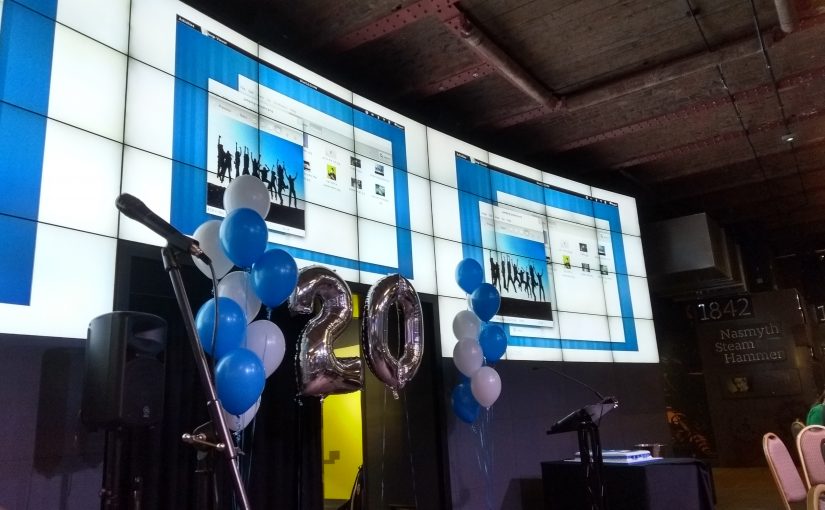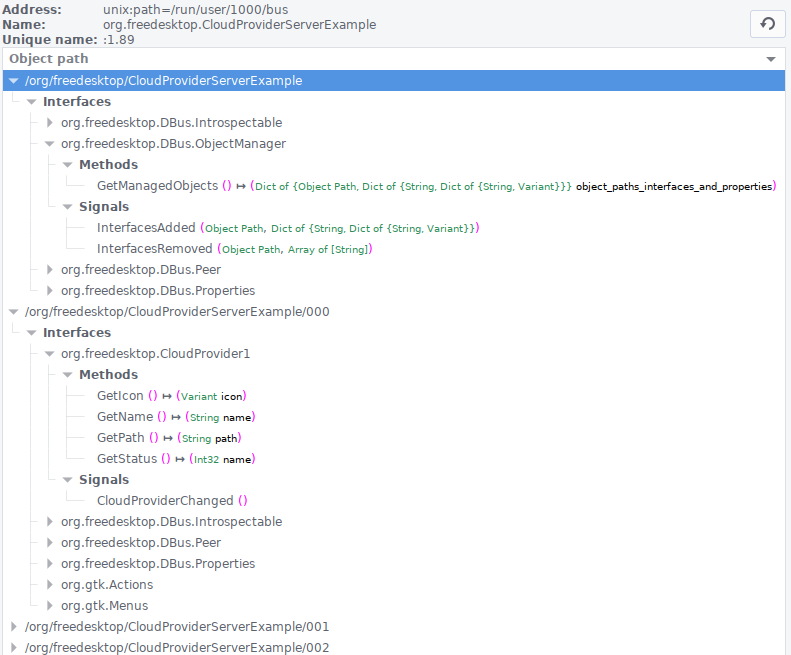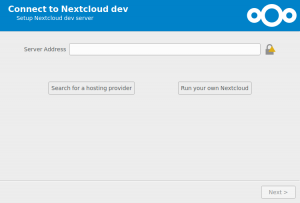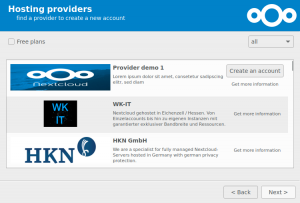One week ago attended this years GUADEC (Gnome User And Developer European Conference) taking place at the MMU Birley Fields Campus in Manchester, UK.
Unfortunately I could not attend the first half of Day 1 so I missed some nice talks, but I just arrived in time to present my work on the cloud provider API for the Google Summer of Code at the Interns lightning talks. You can find my slides here. It was really amazing to hear about all the other interesting project going on and also meeting people to talk about the stuff they were doing. I also got a lot of positive feedback on my own GSoC project which was really motivating to me.
Of all the other different talks here some which I enjoyed the most, so in case you missed one of those, be sure to check them out when the videos from this years GUADEC will be released.
Building your GNOME app anywhere with Meson
Jussi Pakkanen was giving an introduction to the meson build system. Although I have already used meson in my GSoC project this talk was giving a nice overview and helped my getting a better understanding of the build process/dependency resolving that is done by meson.
Decentralized open communication with Matrix.org
IRC has been around for ages and it is still used in kind of the same way since the beginning. Matrix came as an open source solution to modern messaging applications and seems to be probably the best around, also because of the bridging functionality to IRC servers. This talk gave a good summary of the structure and technology behind Matrix and convinced me to give it a try as well.
The History of GNOME / GNOME to 2020 and beyond
The first talk was done by Jonathan Blandford who gave an entertaining overview of the history of the GNOME project and how it evolved from having 5 different clocks to a user experience focused desktop environment just by removing more and more features. In the second one by Neil McGovern, the current GNOME Foundation Executive Director, was more a overall look at the near future and how free software and a free desktop system could have an influence on that.
Building a secure desktop with GNOME technologies
This talk by Matthew Garrett was giving a great overview of security issues we currently have on Linux desktop systems and that we really need to take some action there in order to have users protected from.
Resurrecting dinosaurs, what can possibly go wrong
Richard Brown from openSUSE was giving some insights on app container technologies from Linux distributions perspective. He made some valid points on what app distribution technologies like Flatpak should consider in order to become secure and easy solutions for both users and distributions.
On Saturday evening there was the 20th anniversary party taking place in Museum of Science and Industry. The location was really nice and I had a nice evening with lots of interesting chats. I also enjoyed the Q&A session with some of the old hand GNOME people.
On Monday the conference was over but unconference was starting, but i sadly could only attend it for one day. I attended the Flatpak BoF by Alexander Larsson, that helped me getting started on building a Flatpak for the Nextcloud desktop client which should be ready in the near future.
Finally I really want to thank the GNOME foundation for their travel support program, that made it possible for me to attend GUADEC and meet all the awesome people behind the GNOME project. Another big thank you is going to all the people who made this GUADEC possible. It was an awesome conference.





